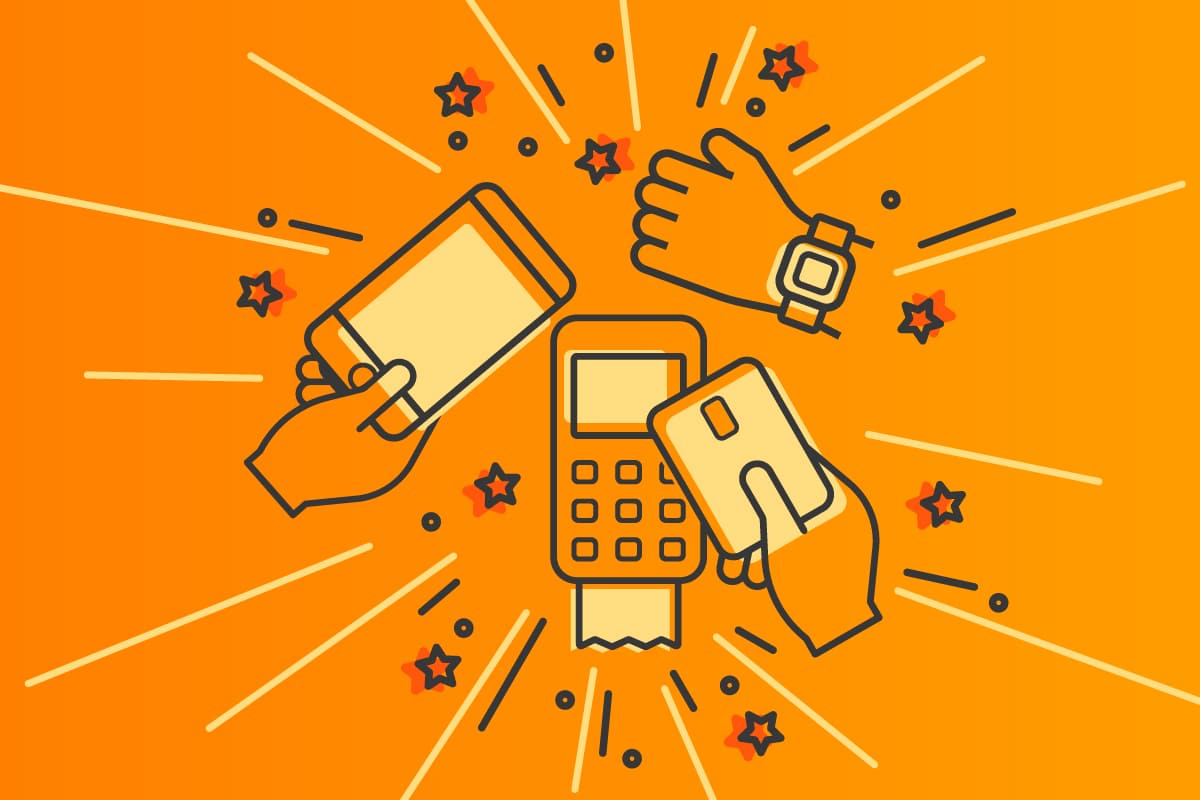Before coming to this agency, I was managing influencers and brand ambassadors for a major RV brand. Needless to say, there was a lot I didn’t know, and didn’t learn, until managing influencer marketing strategies for an agency. As a brand, we came from a good place and did a fantastic job maintaining great relationships with our influencer partners – but we never knew exactly how their in-feed content was performing for us because we didn’t track it. I’m going to tell you why that’s a mistake later in this article.
Brands are reached out to every day by influencers looking to trade posts for product, and if one comes along with a large enough audience, brands tend to consider working with them without a solid strategy in place or access to any data. This can turn into a huge waste of time and money because if you aren’t aware of the audience DNA beforehand and aren’t able to track if the influencer’s audience is even engaging, it’s hard to know where all the money is going.
Before you jump into your next partnership – be sure to consider how well the content might perform. But it’s more than choosing the right partner. There’s a right way to partner with influencers and creators. Creative direction, legal guidelines and relationship building are all very important aspects to consider.
Here are 9 common mistakes in influencer marketing:
1. Picking an influencer based on audience size alone
We’ve all seen brands partner with influencers with a mega-following only to have their post totally flop because the influencer had nothing to do with what the brand represents. For instance, a video game brand partnering with a beauty influencer. Sure, she has a ginormous following but comprised of who? Teenage girls looking for makeup tutorials – not the video game target demo. Not only will the makeup mogul come off completely inauthentic – but her audience most likely has absolutely no interest in this product or brand either.
2. Partnering with an influencer without seeing who is in the audience
Maybe you’ve found an influencer who looks and sounds like they would be an authentic partner to share your product, but when you look at their audience, there’s no one there that has any interest in your brand or product. Say you’re a vitamin company considering a mid-30s, handsome man who looks great and is successful at promoting events – but when he makes a sponsored post for a men’s multivitamin nobody pays any attention. Why? Well, when you take a closer look, you might find that his audience is made up of mostly women in their teens and 20s. That kind of audience doesn’t care about your brand or product because they are not the target demo. This is something that brands don’t always consider when choosing influencers, but must. Even though the influencer might match your brand’s target demo – there’s a chance the audience doesn’t.

Is it worth it for your brand to market to an audience that is located mostly outside of the country in which your product is sold? This is another reason to consider audience demographics.
Without checking into the integrity of an audience, you don’t know who it consists of or if they are genuine. You can verify if an influencer’s audience is genuine through the use of influencer software — we use CreatorIQ — to see if the percentage of “active audience” is too low to be real. If an influencer has an audience made up of bots, there will be very little engagement on their account.
3. An influencer whose audience is ignoring them
You have to put in the time and do the research to know this about an influencer’s account. They might look like they’re doing things right on the surface, but their audience couldn’t care less. This happens time and time again with influencers; their followers start to get burned out by their content, especially if they over-post sponsored content. They could still be an actual audience with actual, active accounts, but they just aren’t interacting the same way they used to.
This is a bad sign because it means that people are scrolling right past the content that your brand has paid so much for, without giving it a second look. Run your influencers through a tool that can check their engagement rate, like this one, before considering any partnership to ensure you are activating an influencer whose audience is ready for it. It’s also a good idea to check out their sponsored post engagement rate, as some influencers will have a great overall engagement, but low sponsored post engagement.
4. An influencer who is not brand-safe
It’s important to vet all your influencer’s social platforms to ensure their values are in complete alignment with yours. If they have posts talking about a subject that is completely against your brand standards, they aren’t the partner for you, no matter how much you may want to work with them.
Once you partner with an influencer, they are viewed as an extension of your brand – and if they have a Facebook page full of rants containing subject matter your loyal customers might find offensive, they are going to take it out on your brand. So do yourself, and your company, a favor and do one last social sweep before sending over that final contract.
5. Failing to measure performance
I see brands who take on influencer marketing in-house do this a lot. They are so excited about a post on a cool influencer’s feed, that they don’t bother to evaluate the performance metrics to see how it did. If you don’t review performance, you aren’t capable of improvement. Brands fall into this trap because the post was everything they wanted – so they see no need to dive any deeper. But just because you liked it, doesn’t mean their audience did. By failing to review performance through tactics like social media monitoring, you are failing to make data-driven decisions, which impacts your ability to make educated decisions.
Metrics to measure:
- Engagement Rate – how well did the audience engage with this post. This rate calculation will tell you how the engagements on the post stack up against the number of followers an influencer has. An Instagram engagement rate is often calculated by adding likes + comments + saves, divided by follower count, multiplied by 100.
- Reach – how many people saw the post (followers and non-followers).
- Impressions – how many times the post was shown to users on the platform – or how many times the content was on screen (even if it’s the same person’s screen multiple times).
- Social Media Value – while subjective, social media value, or SMV, is a great metric to help determine the success of a campaign. SMV is calculated in a few different ways. Basically, you will pay your influencer to post. That post will reach a certain amount of people and get a certain amount of engagement. SMV will take the amount you would have had to pay in ad dollars in order to get that amount of reach or engagement — and subtract what you paid your influencer to make the post. You are basically accessing lookalike audiences like you would in paid media.

6. Overly-restrictive branding
The brand guidelines are so tight that the influencer sounds like a robot talking about it. In order for an influencer to remain authentic to their audience, they will need to talk to them the way they always do. Even if an influencer is mega-talented at posting sponsored content in a way that looks totally organic – if you don’t allow them to speak the way they usually would, their audience is going to call “bull” and ignore the post. Plus, it could cause the influencer to not want to work with your brand in the future.
7. Contracts and FTC Guidelines
In order to remain FTC compliant, your paid partnerships must be transparent. This is why you see influencers post #ad, #paidpartnership, or even #[brand]partner (#hellofreshpartner, for example). When influencers skip out on these rules, brands have to pay. The penalties include fines and legal fees. Check out the FTC’s guidelines here. To ensure understanding of post expectations, have your influencer partners sign a contract. This way you have a formal agreement of due dates, post content, brand standards, and anything else that is important to your company.
8. A vague creative brief – or none at all
I mentioned earlier how important it is for an influencer to remain true to their personal brand in order to maintain authenticity with their audience. However, you do still need to set up guidelines for them to follow when posting about your product. They’re going to need to know all the details! They need to know how your product works and what the best features are. Give the influencer an overview of your expectations for their post. Is it a product demonstration, or more of a lifestyle-focused reel showcasing how awesome your product is? They’ll need to know in order to succeed. You should also include details about the format needed for content delivery (aspect ratio, file type, etc.), and where to deliver content.
9. Treating influencers like a piece of advertisement – instead of a person
Developing and maintaining a good relationship with influencers and content creators is important. Influencers are professionals and have a lot to offer your brand in a partnership.
- The basis of a solid partnership is respect and collaboration.
- Make sure you’re giving influencers, ambassadors, and content creators thoughtful direction.
- Be responsive. If they have a question, be available to answer.
- Send payment on time. A nice way to show someone you respect their work is to pay them promptly.
- Say thank you! Whether it’s upon content approval, or with a thoughtful note after the campaign wraps – when you find a good partner, it’s important to express gratitude.
You might notice that numbers 1-3 are all audience-based mistakes. Influencers would not exist if it weren’t for followers. That’s kind of the whole point of the word “influencer.” To influence is to produce an effect on the actions of others. So who’s more important here — the influencer or the “others”? It is without a doubt the “others.” Once you nail selection based on audience, the rest of these mistakes are just additional things to keep in mind.
Another important note for brands – beware influencer priorities
- Influencers who switch up their niches are not going to have the same influence over the audience that they had originally.
- Their engagement rates very well could be in the dumpster. Meaning that, according to the data, the audience isn’t paying any attention to their content.
- There’s no way to tell without looking at their audience data, so many brands are paying tens of thousands of dollars in annual agreements to influencer partners who will not get them far.
Without experts in place to ensure the brand takes the right steps in its influencer marketing efforts (whether those experts are in-house or at a social media marketing agency), big mistakes can be made and lots of money can be lost. If you want to connect on an influencer partnership you’re considering, or if your brand needs to find the right influencers, click here to reach us – we can help.









